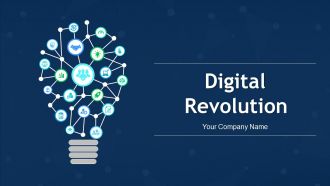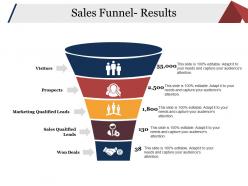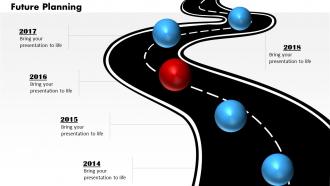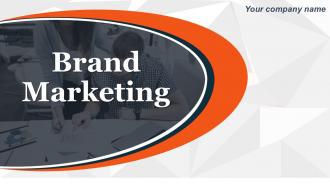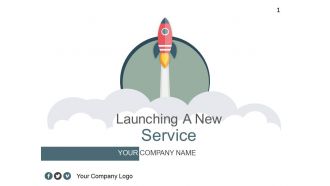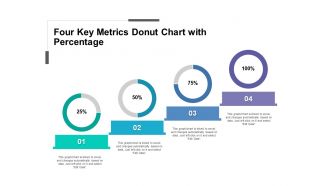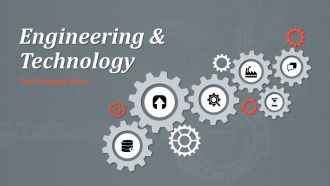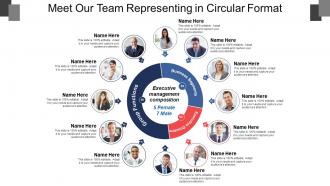Have you ever wondered how can you deliver your amazing product to your customers? This can be possible through distribution channels – they're like routes that connect products to customers!
Suppose you have the skill of baking delicious cookies and want others to purchase them. In that case, the only issue is that not everybody can enjoy them because they are unaware of their whereabouts. So, how do you tackle this problem? You could stock your baked cookies in various stores or deliver them directly to people's residences, broadening accessibility and satisfying more taste buds!
Getting your homemade cookies into the hands of cookie lovers is pivotal and demands careful consideration. Critical factors to consider includes: distribution cost, accessibility for potential buyers, as well as time management in delivering products promptly to clients.
Businesses employ diverse distribution methods based on the suitability of their industry, product characteristics, and its shelf life.
Before exploring the details, it's essential to begin with a brief explanation. This blog is packed with informative insights regarding distribution channels that can help you in making an informed decision about which one would be most suitable for your business needs.
What Exactly are Distribution Channels?
These are the channels through which products move from being made to reaching consumers. An example of a distribution channel is when you buy an item at a retail store, where it passes through the manufacturer, distributor, and retailer.
Distribution Channels PowerPoint Slides
Well, you’ve probably got a basic understanding of distribution channels. Now, it’s time to go deeper into distribution channels and help you choose the right one for your business. We’ll discuss the various things to consider while selecting your distribution channels with the help of PowerPoint slides. These slides are also available to download and are 100% editable.
Types of Distribution Channels with Core Functions and Benefits
The slide shows four main types of distribution channels, along with their core functions and benefits. Each channel represents a different path a product takes to reach the consumer.
Direct channels allow companies to sell their products directly to customers. This allows them complete authority over pricing and product design. Nevertheless, this sales approach may restrain customer access because it can only be available in specific locations or online.
Indirect channels provide an alternative approach to distributing the product through intermediaries like wholesalers or retailers. This strategy increases accessibility to a larger customer base as it can be found in multiple locations. Nevertheless, this method reduces the company's power over pricing and could affect profitability for each transaction.
A method known as reverse channels enables customers to return products to the company if they no longer want them or if there is a defect. This practice benefits both parties by reducing waste and enhancing product quality. Some companies even have recycling programs that accept old items for repurposing.
Businesses must consider product characteristics, target audience preferences, and business objectives when deciding how to sell their products. Companies can ensure customer satisfaction by providing hassle-free access to ordered items by selecting an appropriate selling approach that meets these requirements.
Download this PowerPoint Template Now!
Essential Considerations for Selecting Right Distribution Channel
This slide displays the significant factors to consider when choosing a distribution channel that suits your business. It highlights that there is no universal strategy and determining the optimal channel depends on various considerations, including:
- Consumer preferences: Research your target audience's buying habits and the channels they frequent to reach them effectively.
- Cost: Consider your budget and resources when choosing a channel. Direct selling might offer higher margins, but indirect channels like wholesalers can reduce upfront costs.
- Localization: Adapt your distribution strategy to different regions or markets. Partnering with local retailers or distributors can be helpful.
- Brand: Choose channels that align with your brand image and values. Consider how each channel might impact your brand perception.
Remember, the right channel will help you reach your target audience, optimize costs, and strengthen your brand.
Download this PowerPoint Template Now!
Major Types of Distribution Channels Intermediaries
Various kinds of distribution channel intermediaries are revealed in the slide. Companies utilize these intermediaries to reach their products to consumers, and four primary types exist - agents, wholesalers, distributors, and retailers.
Products and services are sold by agents who directly interact with customers. These agents can either be individual salespeople or entire companies. For example, a real estate agent aids buyers and sellers to locate and acquire property.
Manufacturers provide products in large quantities to wholesalers, who then distribute them at a profit margin to other types of businesses, such as retailers. To illustrate, beverage cases can be acquired by food wholesalers from soda manufacturers and resold to grocery stores.
Distributors share some similarities with wholesalers; however, they typically maintain a more intimate connection with the manufacturer and may partially own the product. They commonly sell to both retailers and wholesalers as well. For instance, an automobile distributor could be accountable for transporting vehicles from a manufacturing plant to various car dealerships.
Products are sold to consumers by retailers, who can be either small independent stores or large chain stores. A retailer specializing in toys is an example of a business selling these products directly to customers.
Various factors influence the choice of distributor that a company opts for to facilitate product circulation, including but not limited to organizational size and type, the nature of the products offered, and their intended market audience.
Download this PowerPoint Template Now!
Distribution System Integration to Address Distribution Challenges
This slide showcases the challenges and solutions for distribution systems.
Challenges:
- Inventory management: Accurately tracking inventory levels to avoid stockouts or overstocking.
- E-commerce and shipping errors and returns: Managing online orders efficiently and minimizing errors and returns.
- Shipping rates and terms: Negotiating favorable shipping rates and terms with carriers.
Solutions:
- Implement a distribution system that accurately tracks inventory using a backend system or AI.
- Integrate the system with online marketplaces and establish a strong web presence.
- Use a cloud-based distribution ERP system and provide excellent customer service.
With these solutions, businesses can overcome common distribution challenges and improve their distribution channel performance.
Download this PowerPoint Template Now!
Steps to Build Content Distribution Strategy
The slide showcases the steps to build a content distribution strategy. It highlights that creating a successful strategy requires planning and consideration of various factors, such as:
- Research your target audience: Understand their demographics, interests, and content preferences.
- Audit your existing content: Analyze what content you have and how it's performing.
- Choose distribution channels: Select the channels your audience uses, like social media, email, or industry forums.
- Decide on content type: Consider formats like blog posts, infographics, or videos that resonate with your audience.
- Set goals and KPIs: Define your goal (e.g., website traffic, brand awareness) and track relevant metrics.
- Build an editorial calendar: Plan your content creation and distribution schedule.
- Create and distribute content: Develop and share high-quality content through your chosen channels.
- Measure and analyze results: Track your progress and adapt your strategy based on data insights.
With these steps, you can develop a targeted and compelling content distribution strategy that reaches your audience and achieves your goals.
Download this PowerPoint Template Now!
Strategic Distribution Sales Action Plan with KPIs
The slide shows a carefully planned strategy to improve distribution sales. It includes various factors such as channels, product/service details, budget allocation, expected sales projections, distribution approach, proposed timeline, and key performance indicators.
This plan outlines the suggested initiatives, offering a roadmap for successful sales growth through effective distribution strategies.
Download this PowerPoint Template Now!
Food Sales Action Plan with Distribution Strategy
The slide represents a strategic roadmap tailored for food retailers, outlining a potent distribution strategy to optimize sales. It provides a comprehensive blueprint for success by containing critical elements such as channels, product or service particulars, projected costs, sales estimates, distribution methodology, proposed timeline, and key performance indicators.
This plan offers insights into retailing and addresses the important elements for improving sales efficiency. With these components, the action plan becomes a valuable tool for food retailers, guiding them toward a streamlined and practical approach to distribution that aligns with their goals and objectives.
Download this PowerPoint Template Now!
Conclusion
We acquired valuable knowledge on maximizing the reach of your outstanding product. The key to achieving business success lies in having exceptional skills for effectively promoting and marketing your products or services through channels such as online stores, physical outlets, or even innovative sales methods that can set you apart from competitors.
Observing and distinguishing effective methods from ineffective ones is essential. It's critical to examine carefully and modify strategies that require improvements. Adaptability is important as it enables you to alter your actions accordingly.
In this blog, we’ve discussed all the different parts of making a good plan. We’ve covered the best ways to sell your stuff, what your product or service is all about, how much it might cost, and how to measure if it's working.
As you learn more about distribution, always remember that having a strategy or plan can make a big difference in how many sales you make. If you're ready to get even better at this, we have a presentation you can download that goes into more detail. It has secrets and tips on how to be really effective at distributing your products or services. Click here to download the presentation and start your journey towards success!



Frequently Asked Questions
Q: What are distribution channels, and why are they important for my business?
Distribution channels are the routes through which products move from being made to reaching consumers. They are vital for businesses as they determine how efficiently products reach customers, impacting sales and overall success.
Q: How do I choose the right distribution channel for my business?
Consider factors like consumer preferences, budget, localization, and brand alignment. There's no one-size-fits-all approach, so choose a channel that suits your product, target market, and business goals.
Q: What's the difference between direct and indirect distribution channels?
Direct channels involve selling products directly to consumers, providing control over pricing and appearance. Indirect channels use intermediaries like wholesalers or retailers, expanding accessibility but reducing control over pricing.
Q: Can you explain the role of intermediaries in distribution channels?
Intermediaries, including agents, wholesalers, distributors, and retailers, facilitate the movement of products from manufacturers to consumers. They play crucial roles in areas like direct sales, bulk purchasing, product delivery, and direct consumer interaction.
Q: How can businesses overcome common distribution challenges?
Implement an accurate inventory management system, integrate with online platforms, negotiate favorable shipping terms, and utilize cloud-based ERP systems. These solutions help address challenges like inventory issues, e-commerce errors, and shipping complications.




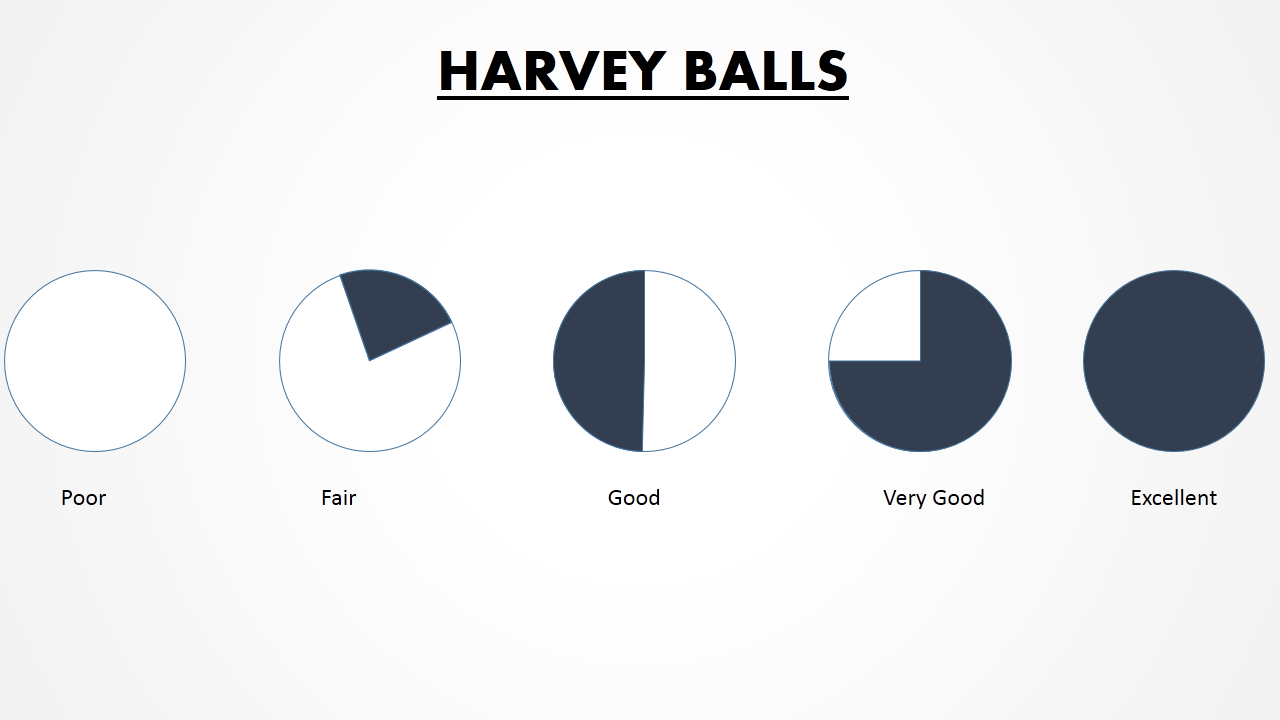

 Customer Reviews
Customer Reviews
















